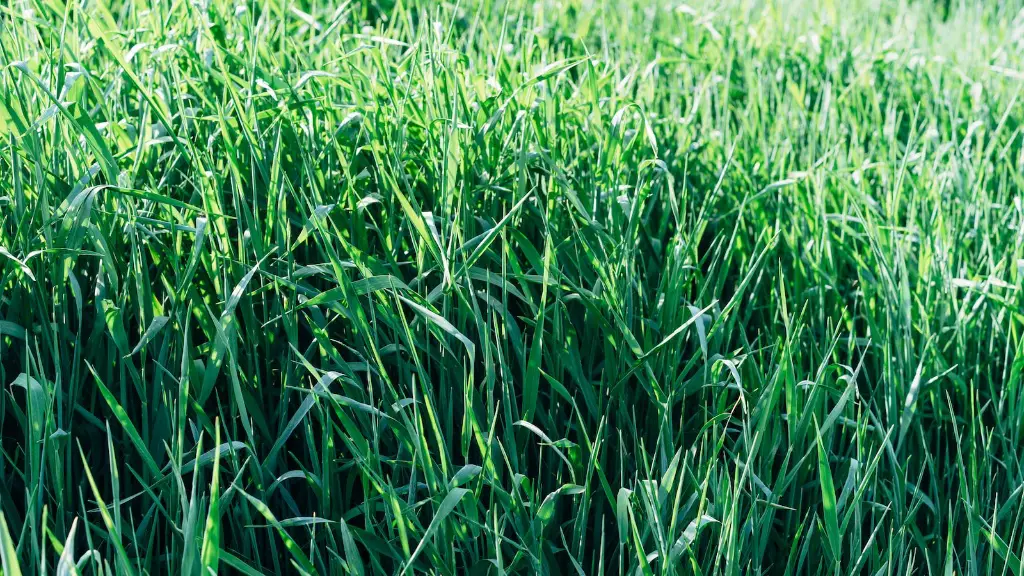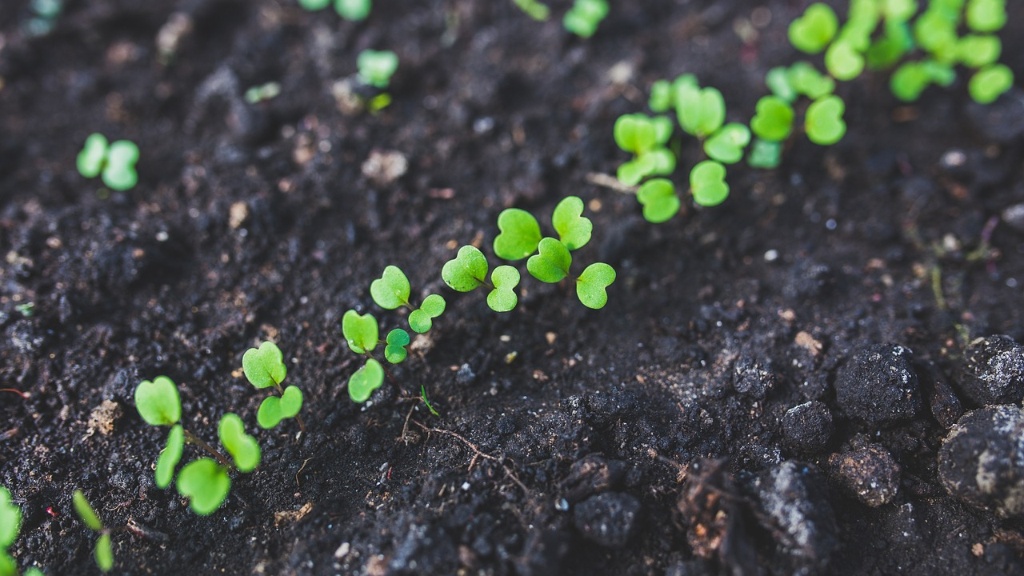The oceans are home to a vast array of marine life and play a vital role in the global ecosystem. As the human population continues to grow, we are putting increasing pressure on the world’s oceans. Our demand for seafood, energy, and minerals is affecting the health of the oceans and the creatures that live in them. Overfishing, pollution, and climate change are just some of the ways that humans are impacting the delicate balance of the marine ecosystem.
The world’s oceans are under immense pressure from human activity. The growing global population is putting an ever-increasing demand on the oceans for food, energy, and minerals, which is adversely affecting the oceans’ ecology. In addition, the oceans are being polluted by sewage, plastic waste, and climate change. As a result, the oceans’ wildlife is being depleted, and the delicate balance of the marine ecosystem is being disrupted.
What is the ecological impact of population growth?
There is no question that human activity has had a profound impact on the ecology of our planet. And while some of these changes have been beneficial, many have been detrimental.
The most obvious example of this is the way we have changed the landscape through deforestation, agriculture, and urbanization. This has led to the loss of habitat for many species, as well as the pollution of air, water, and soil.
Climate change is another major issue that is having a profound impact on the planet. The burning of fossil fuels has led to an increase in greenhouse gases in the atmosphere, which is causing the Earth’s average temperature to rise. This is leading to extreme weather events, as well as the melting of polar ice caps and the rise in sea levels.
All of these changes are having a major impact on the planet’s ecosystems. And while some species are able to adapt to these changes, many are not. This is leading to a loss of biodiversity, as well as the potential for even more serious consequences down the road.
Human population growth impacts the Earth system in a variety of ways, including:
Increasing the extraction of resources from the environment: These resources include fossil fuels (oil, gas, and coal), minerals, trees, water, and wildlife, especially in the oceans.
Changes in land use and land cover: More people means more demand for food, water, housing, and infrastructure. This leads to conversion of natural ecosystems to agriculture, urbanization, and other land uses.
Increased greenhouse gas emissions: Burning fossil fuels releases carbon dioxide and other gases into the atmosphere, trapping heat and causing the Earth’s temperature to rise.
Changes in the Earth’s climate: A warmer climate can cause more extreme weather events, like hurricanes, floods, and droughts. It can also disrupt ecosystems, leading to loss of species and negative impacts on human health.
All of these impacts have serious consequences for the planet and its inhabitants. To protect the Earth and ensure a sustainable future, it is essential to address population growth and its impact on the environment.
How marine ecosystems can be affected by human population
Human activities are negatively impacting marine life and habitats in a number of ways. Overfishing is leading to declining populations of fish, habitat loss is reducing the places where marine creatures can live and thrive, the introduction of invasive species is disrupting native ecosystems, ocean pollution is making the waters less habitable, ocean acidification is making it harder for marine creatures to build and maintain their shells, and ocean warming is stressing and killing marine creatures. All of these impacts are serious and need to be addressed in order to protect and preserve marine life and habitats.
Since the industrial revolution, humans have increased carbon dioxide in the atmosphere to levels that have caused ocean acidification and ocean warming, amongst other climate related negative effects. These increased levels of carbon dioxide have resulted in higher levels of acidity in the ocean, which is having a negative impact on marine life. Additionally, the ocean is absorbing more heat from the atmosphere, causing the water to warm and resulting in negative impacts on marine life and the overall climate. These changes are happening at an unprecedented rate and are a direct result of human activity. It is essential that we take action to reduce our carbon emissions in order to protect the ocean and the planet as a whole.
Why is overpopulation a threat to ecology?
As the world’s population continues to grow, the pressure on our natural resources will continue to increase. This will lead to more deforestation, decreased biodiversity, and spikes in pollution and emissions. This will exacerbate climate change and have a negative impact on the environment. We need to be proactive in protecting our environment, and this starts with reducing our impact on it.
Population ecology is the study of how populations of animals interact with their environment. This includes birth and death rates, immigration and emigration, and how the population affects the environment.
How does overpopulation affect the aquatic ecosystems?
Overpopulation is a major issue facing the world today. If current trends continue, it is estimated that the world population will reach 9.1 billion by 2050. This increase in population will put a strain on current water resources, cause an increase in water pollution, and lead to an increase in civil and international conflicts over existing water supplies. It is important to be aware of these issues and take steps to mitigate their impact. Some things that can be done to reduce the impact of overpopulation include: increasing access to family planning services, decreasing the rate of population growth, and increasing water efficiency and conservation.
Studying populations can be beneficial in a number of ways. It can help indicate the overall health of a population and the ecosystem as a whole. Additionally, studying populations over time can reveal changes in response to varying environmental conditions or diseases. This information can be useful in a number of ways, such as identifying potential problems or developing conservation strategies.
Did population growth threaten ecological communities
The threat to the ecosystem is directly linked to human population size and resource use per person. As human population size increases, so does resource use, waste production and environmental degradation. These problems are further exacerbated by our increasing reliance on unsustainable resources and practices. To protect the ecosystem, we need to reduce our impact on it by reducing our population size and resource use per person.
Humans are the leading cause of pollution and physical modifications to the environment. Pollution, such as point source, non-point source, and noise pollution, is caused by human development and activity. In addition, humans have removed most of the large vertebrates from the ocean. These modifications have led to significant changes in the environment, including the loss of habitat and the alteration of ecosystems.
What is affecting the marine ecosystem?
Marine species are negatively impacted by pollutants created by activities such as agriculture, forestry, transport, and the growth of cities and towns. These pollutants include sediments, plastics and chemicals. These pollutants can cause health problems and even death in marine species.
human beings have turned the oceans into a dumping ground for our waste and pollution, and we are now reaping the consequences. Our ocean’s are in danger and face many threats, the most pressing of which are pollution and overfishing.
Intensive fishing is a major threat because it depletes resources and destabilises ecosystems. This not only harms marine life, but also the people who depend on the oceans for their livelihoods.
Ecosystem degradation is another serious problem. When ocean habitats are degraded, it affects the entire food chain and can lead to the collapse of entire ecosystems. This is particularly damaging in the case of coral reefs, which are some of the most biodiverse ecosystems on Earth.
The good news is that there is growing awareness of these issues and a commitment to address them. The UN Ocean Conference, which will be held in June 2017, will be a key opportunity to discuss how we can protect our oceans and ensure their future health.
What are two threats to ocean ecosystems
The rise in sea level brought about by global warming is a major threat to coastal population centers. Many pesticides and nutrients used in agriculture end up in the coastal waters, resulting in oxygen depletion that kills marine plants and shellfish. This threatens the food supply for people who live in coastal areas and rely on the ocean for their livelihood.
Overfishing and acidification of the ocean are primarily caused by overpopulation and the industrial effluents these industrial effluents are constantly dumped into these water bodies, affecting these oceans to a large extent. Overpopulation leads to more people using the same resources, including the oceans, leading to overfishing. And the industrial effluents from factories are full of chemicals that are dumped into the ocean, leading to acidification.
How can population growth lead to more pollution?
Because population pressure increases emissions through the burning of fossil fuels, increased material extraction, deforestation, industrial agriculture, and other manufacturing processes, it’s important to advocate for policies that rapidly reduce those emissions and build resiliency in a changing climate. This includes promoting renewable energy sources, energy efficiency, and green infrastructure, as well as adaptation measures such as water conservation and drought-resistant crops.
habitat loss is the leading threat to biodiversity and contributes to the endangerment of over 80 percent of all species. Habitat loss can be caused by a variety of factors, including pollution, climate change, and the destruction of natural habitats.
Final Words
There are a number of ways that population growth has affected the oceans ecology. One is that as the population has grown, there has been an increase in the amount of pollution that is released into the oceans. This has had a negative impact on the marine life and has caused a decline in the overall health of the oceans. Another way that population growth has affected the oceans ecology is through the increased amount of fishing that has taken place. This has led to a decline in the population of certain fish species, as well as other marine animals.
The oceans are constantly changing and evolving, and population growth is just one of the many factors that have affected its ecology. Although it is impossible to say exactly how much human activity has contributed to the changes in the oceans, it is clear that our impact has been significant. As the world’s population continues to grow, it is likely that the oceans will continue to be affected in a variety of ways.





